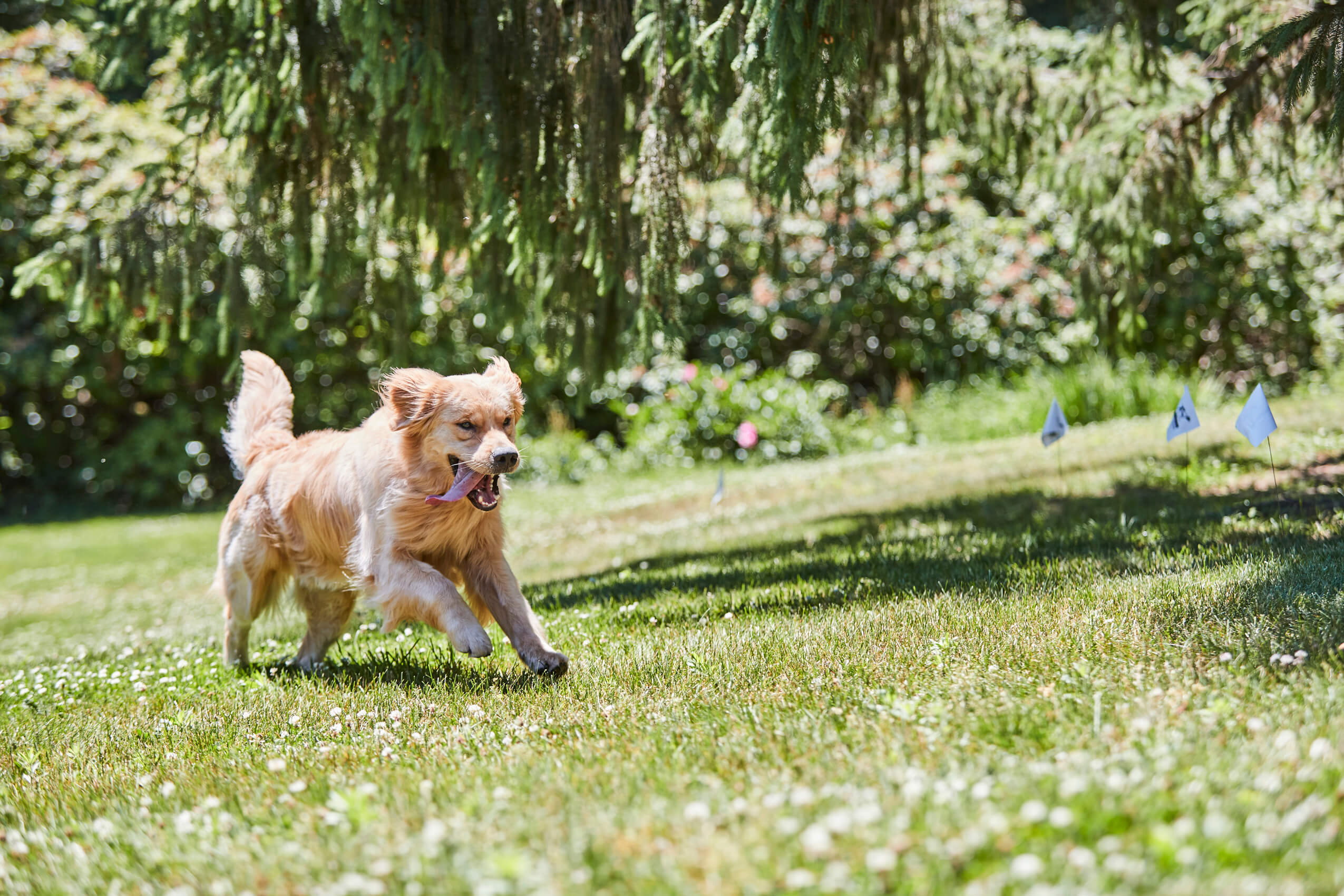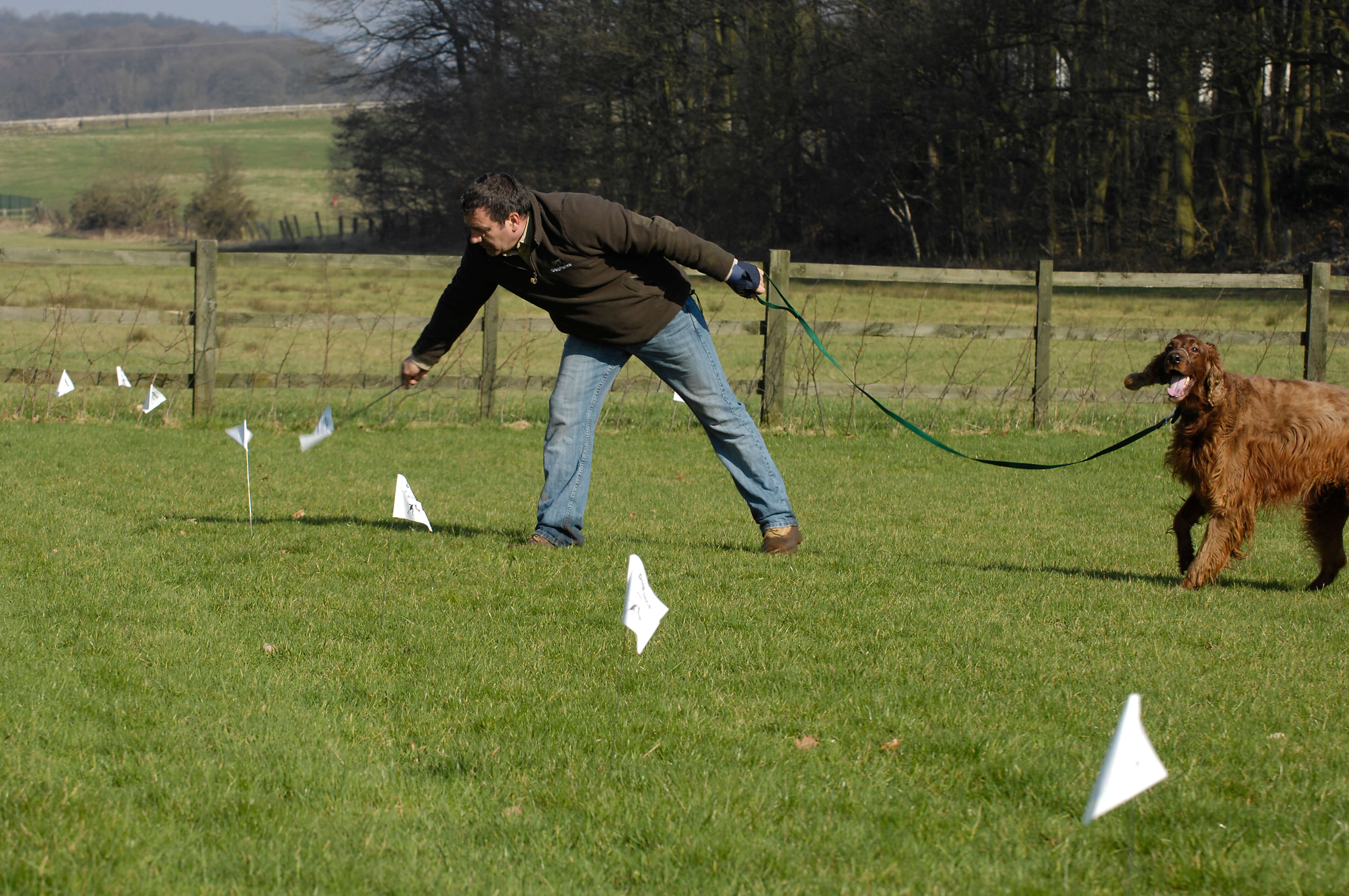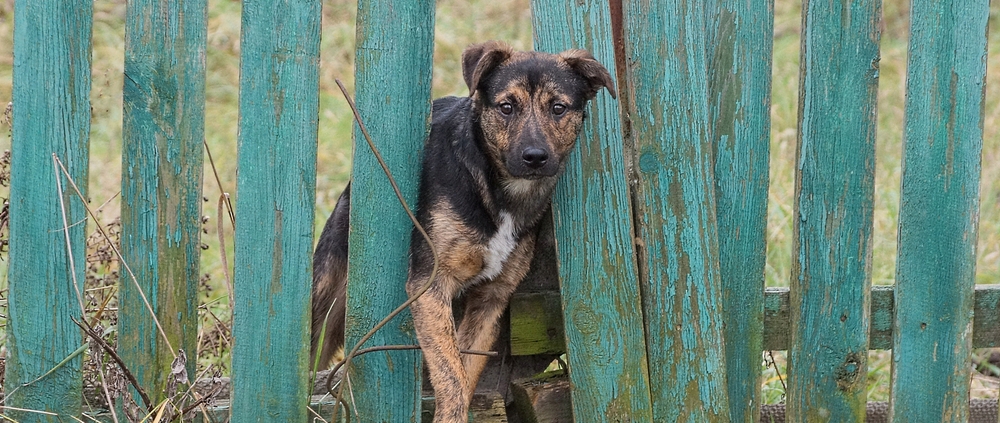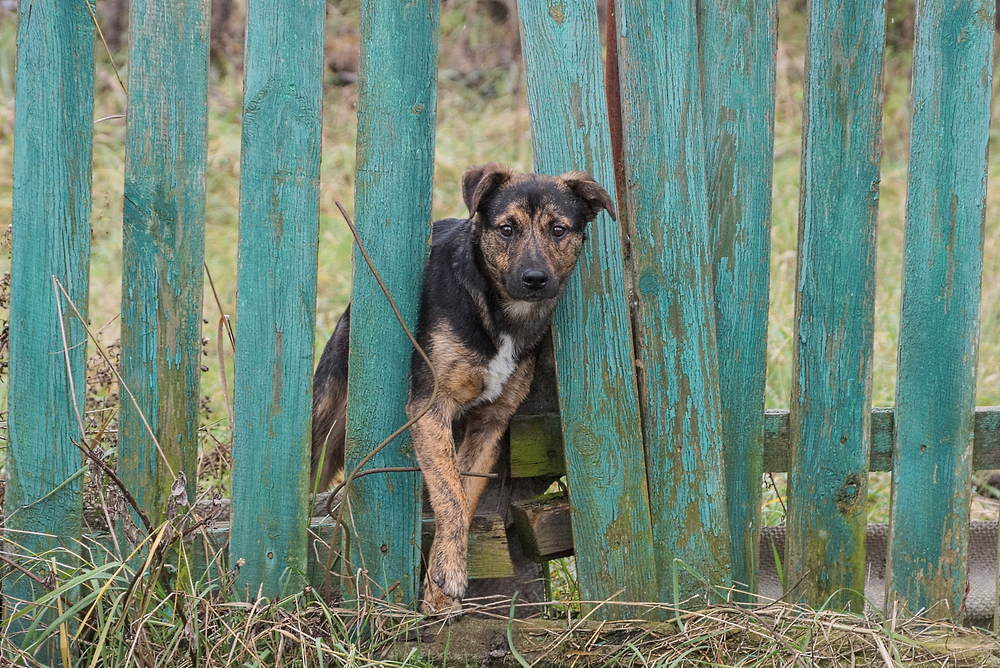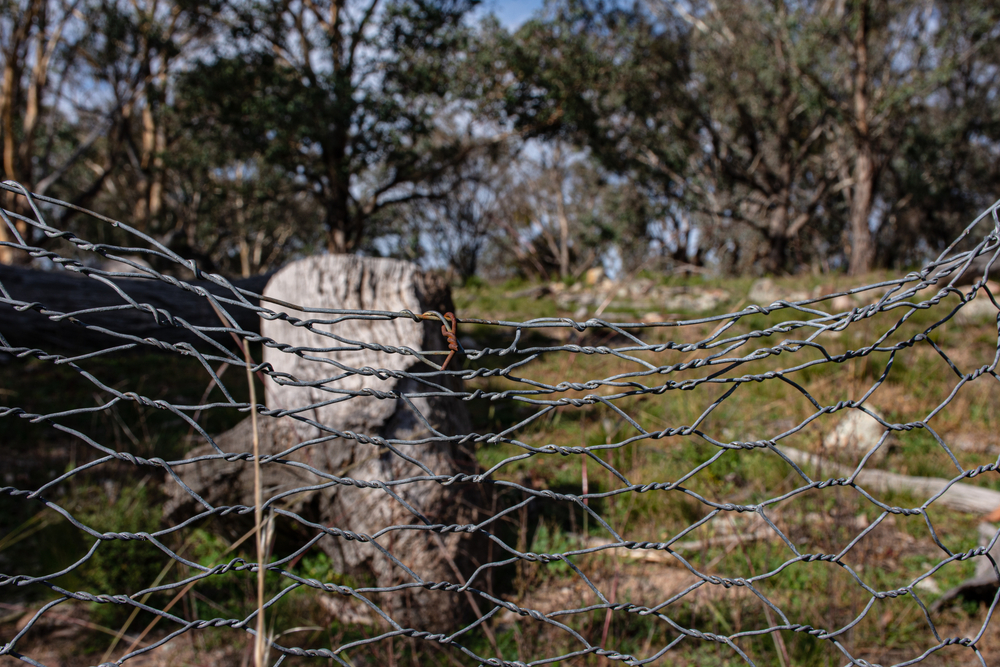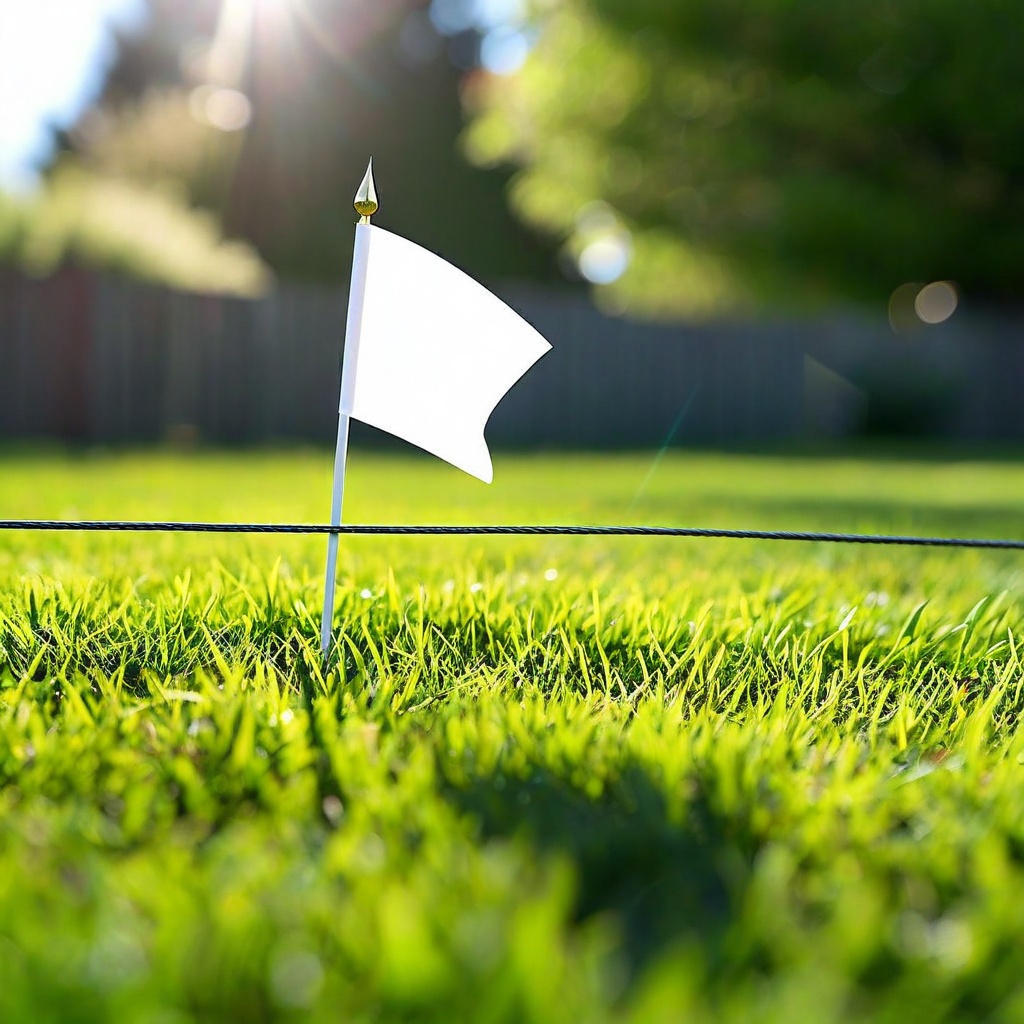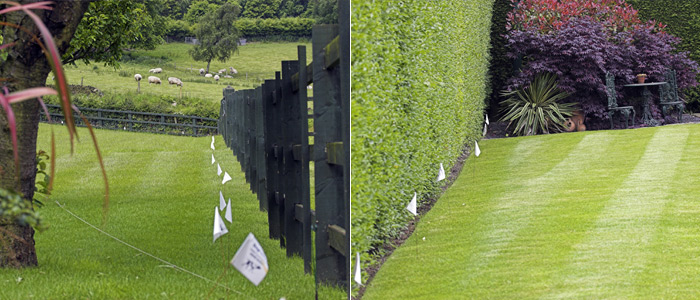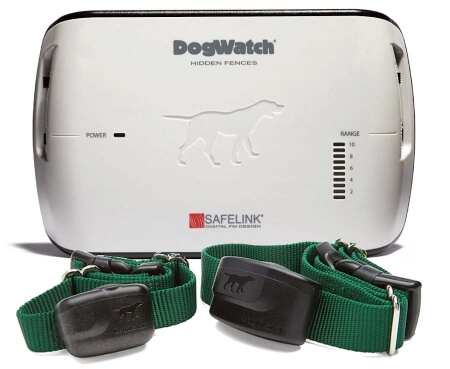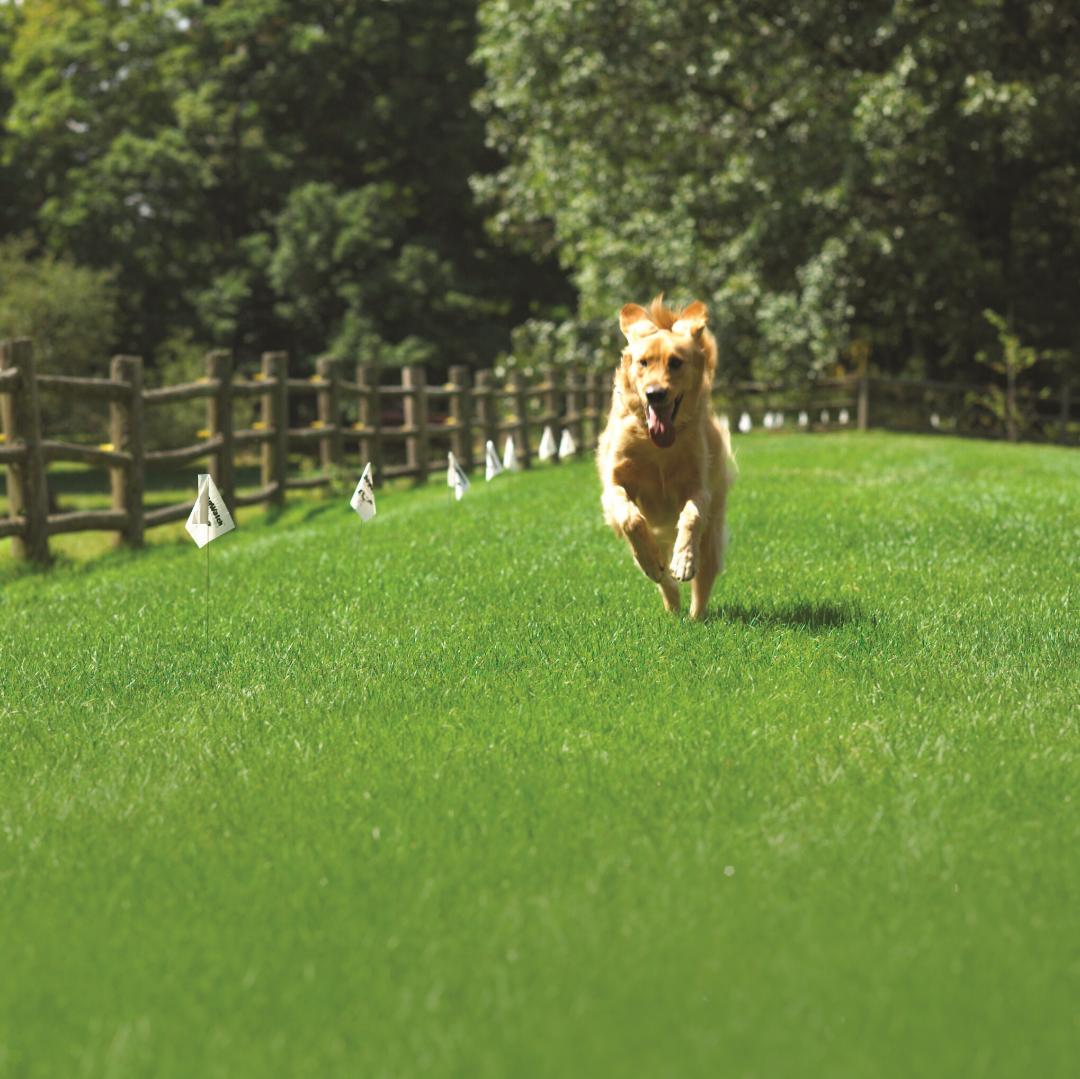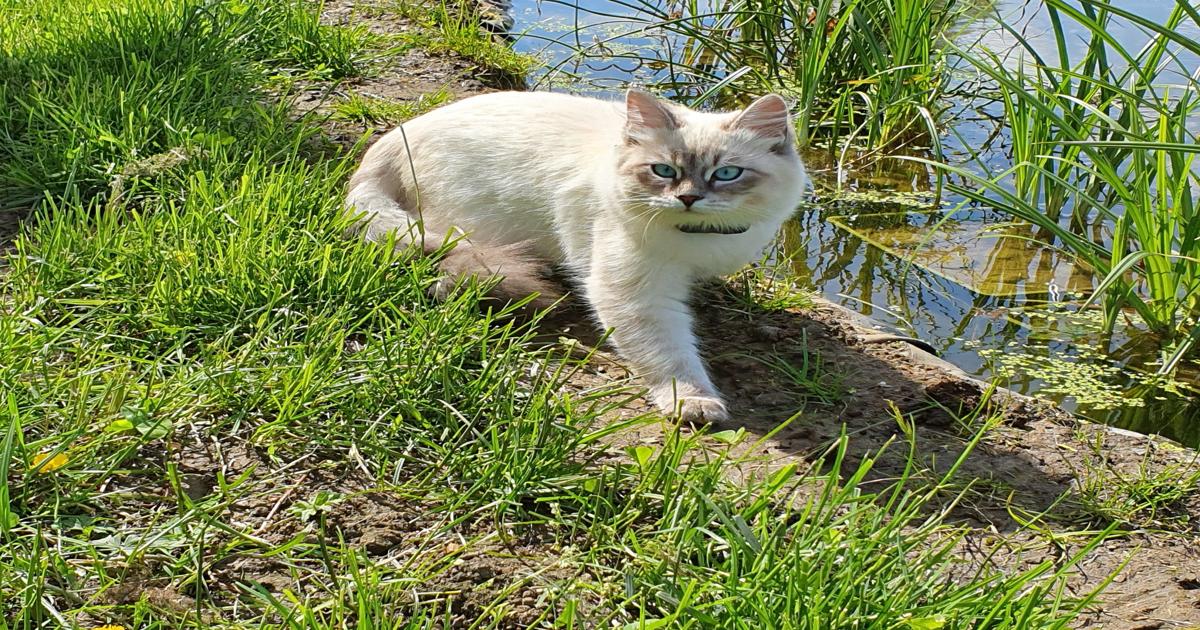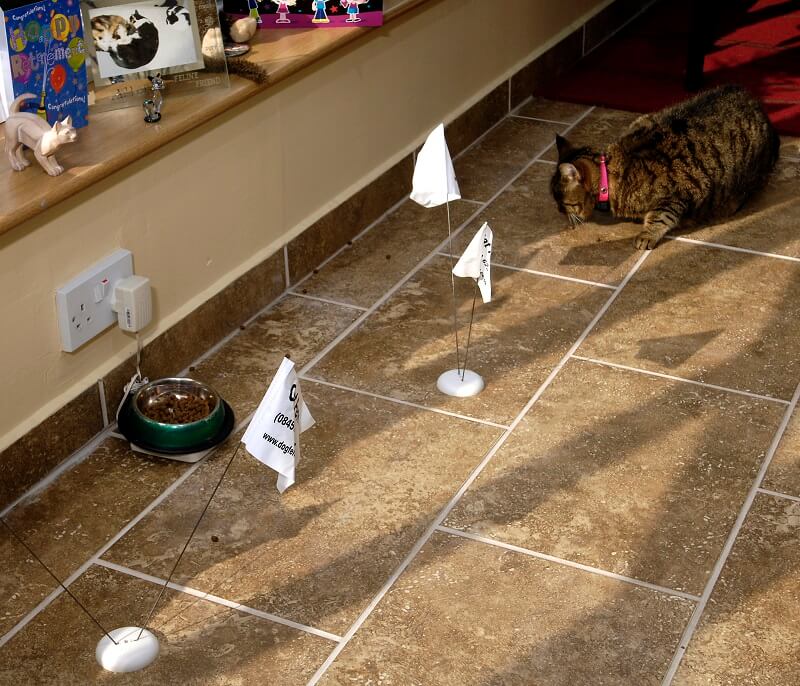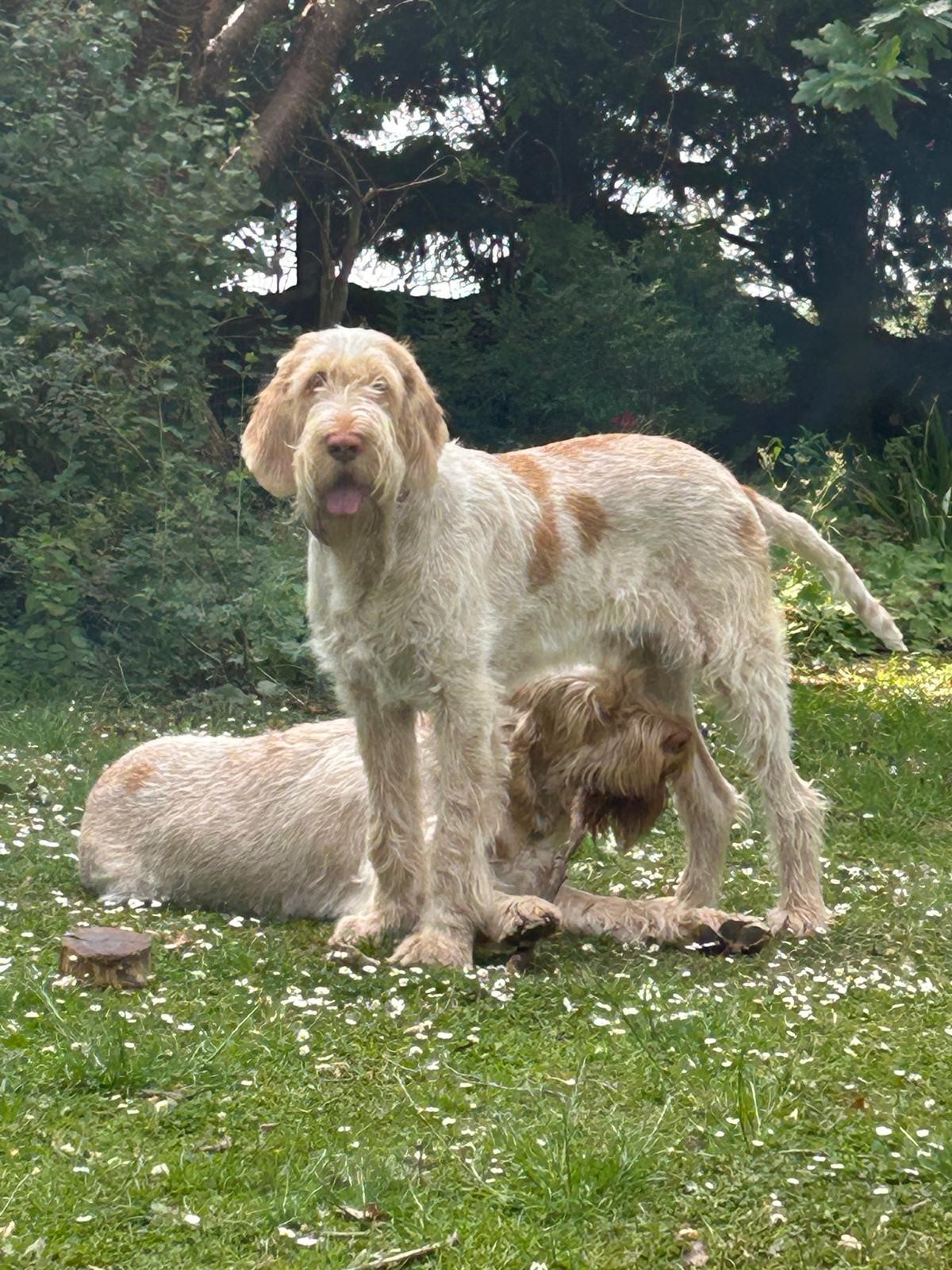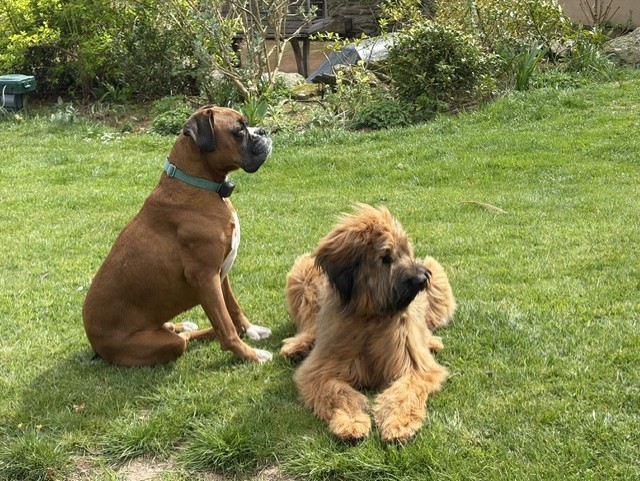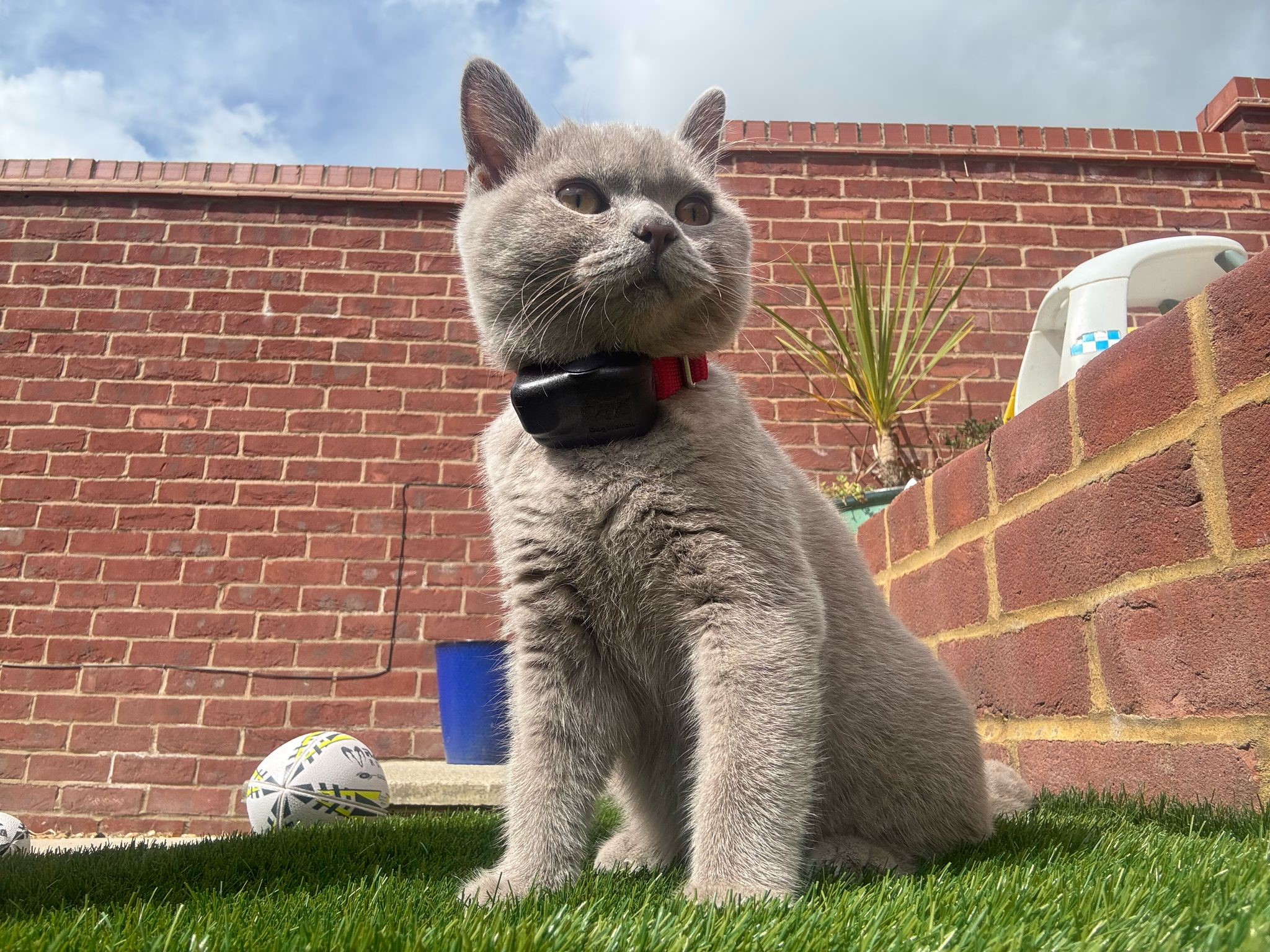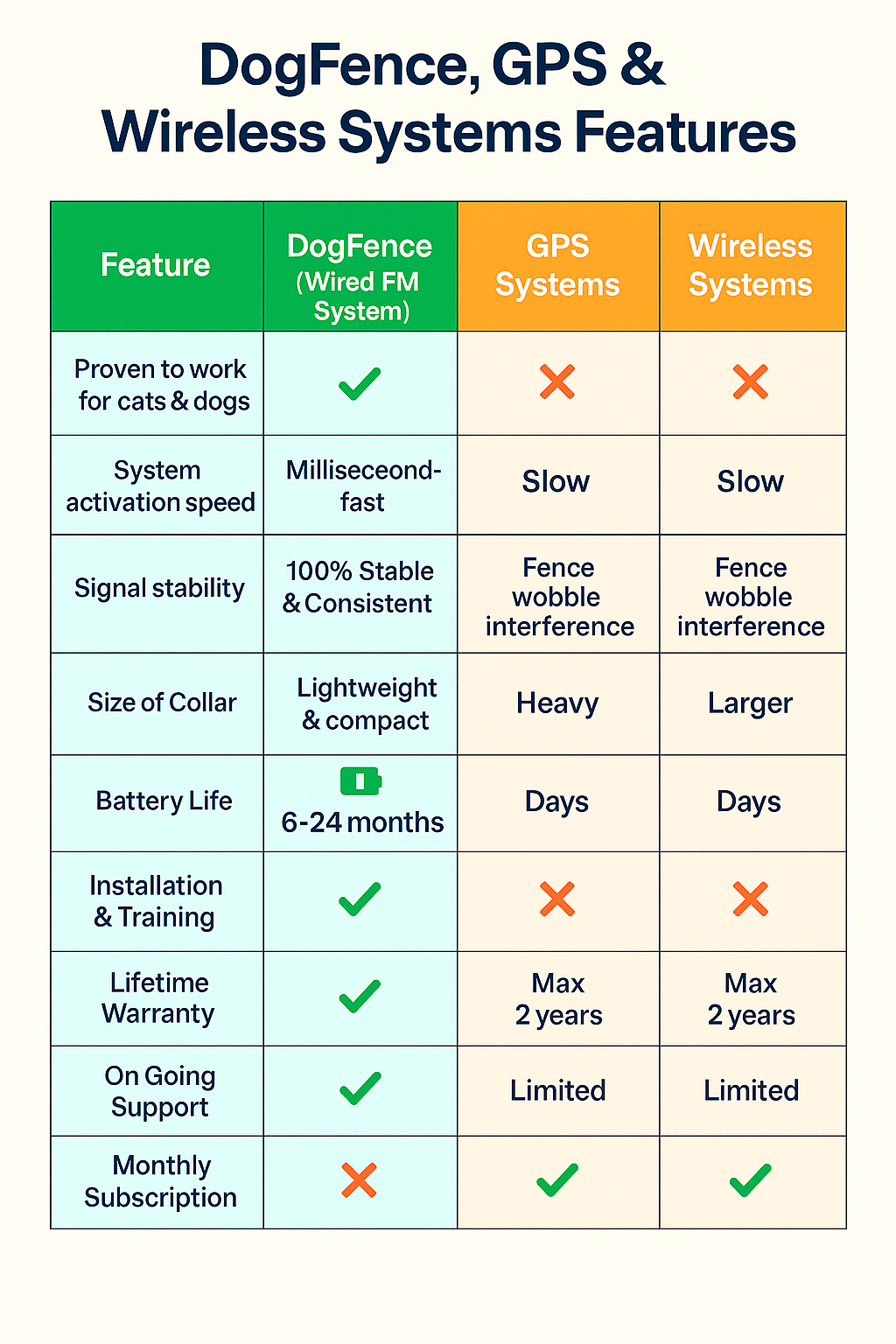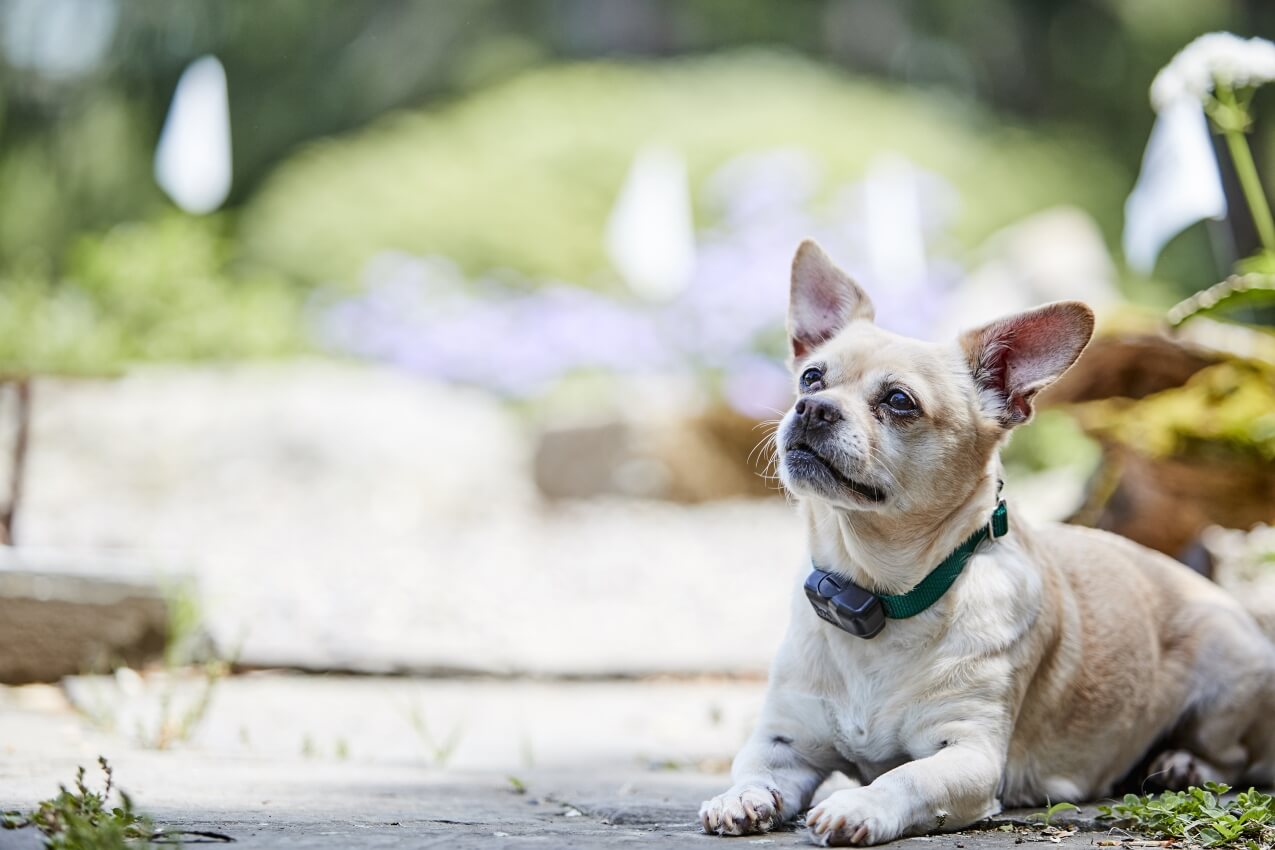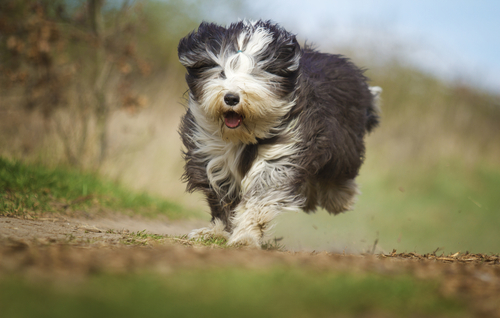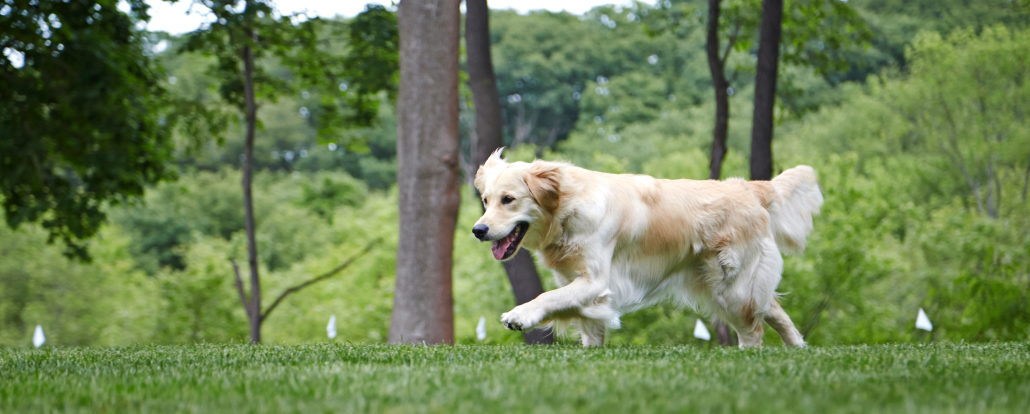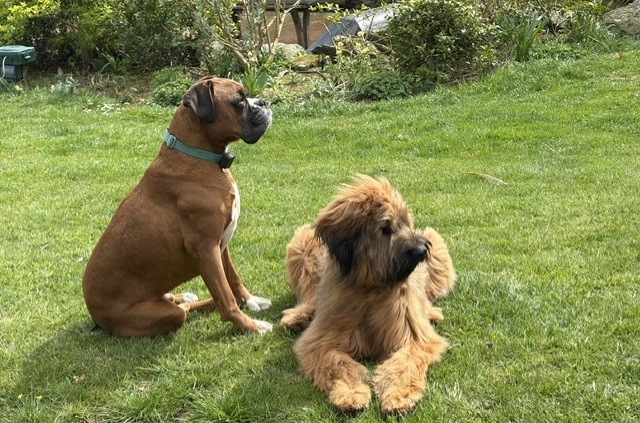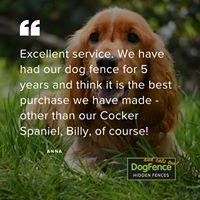How to Pet Proof Christmas Tree Chaos with BOB (and Save Your Décor, Food & Sanity)
🎄 How to Pet Proof Christmas Tree Chaos with BOB (and Save Your Décor, Food & Sanity)

🎅 Why We Need To Pet Proof Christmas Tree Mischief
Every December, thousands of pets treat Christmas like a daring game show:
“Climb the tree, eat the shiny thing, steal the turkey, dodge the humans!”
And yes… sometimes it ends in vet trips. UK vets and emergency clinics report that:
- Emergency vet groups see a significant rise in festive cases over Christmas and New Year, with chocolate, raisins, mince pies and decorations all common culprits.
- Surveys from the British Veterinary Association show that the vast majority of companion animal vets see at least one case of toxic ingestion over the festive period, with chocolate and dried fruit featuring heavily.
- Other research has found that many pet owners end up needing emergency vet care at Christmas after their pet has eaten something they shouldn’t, or been injured by decorations or the tree.
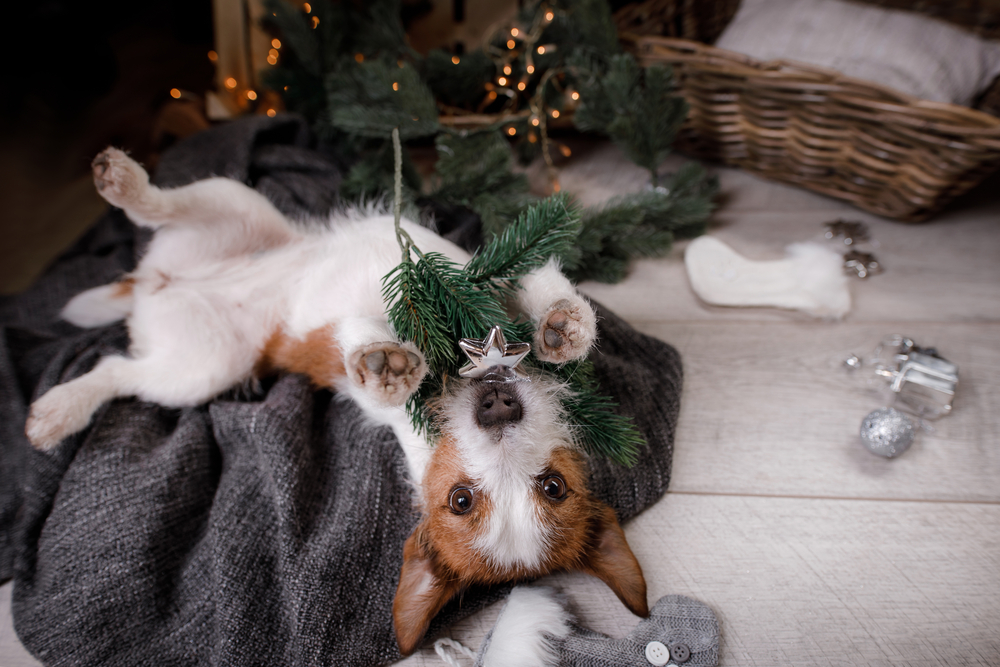
Meanwhile, UK pet-care research has shown that Christmas isn’t always smooth sailing for owners either — many have seen their pets climbing or even toppling the tree, smashing baubles, opening presents or stealing food from the table.
So if you’ve ever walked into a room and thought, “Why is the tree moving?”… you are not alone.
For more vet-backed festive pet safety advice, you can also read the British Veterinary Association’s guidance on Christmas pet hazards.
🎄 Meet BOB — the Festive Guardian You Didn’t Know You Needed
BOB is our portable indoor (and outdoor) wireless boundary unit that creates a no-go zone for your pets — without cages, baby gates, tin foil, water sprays or shouting “NO!” every eight minutes.
How BOB actually works
The BOB base station is a neat round disc, just like a smaller version of the transmitter you’d normally plug in for your fence — but this one is completely wire-free. Instead of using cable, it creates a small, adjustable invisible boundary all the way around itself, up to around 4 ft (about 1.2 m) in diameter.
You simply place BOB where you want to protect something — your Christmas tree, the kitchen worktops, the gift-wrapping area — and set the size of the zone. Your pet’s receiver collar picks up the signal as they approach the “bubble” and gives them a gentle, safe warning that this is a no-go area.
There is no wire to lay, BOB is rechargeable (typically lasting 2–4 days per charge depending on the size of the zone), and it is completely portable. Move it from room to room, take it with you when you travel, or use it on the patio if you want to keep inquisitive noses away from outside decorations.
🤶 BOB = Pet Proof Christmas Tree effortlessly
- Stops cats climbing the tree like it’s Everest
- Prevents dogs chewing baubles as if they’re toys
- Blocks curious noses from drinking tree water
- Protects trees from destructive tail wagging
BOB says: “Admire with your eyes, not with your paws.”
🐾 BOB Also Makes a Dog Proof Christmas Tree
Perfect if your Labrador thinks every ornament is a snack.
🍗 Bonus Use: Stop Pets Stealing Food (Especially on Christmas Day)
Your dog doesn’t see a Christmas dinner table. He sees a buffet he was born to raid.
Use BOB to keep pets off worktops and out of the kitchen while:
- The turkey cools
- You chop vegetables
- You frost the cake
- Guests leave plates unattended
- Someone gets distracted opening presents
BOB quietly stands guard and says: “Step away from the sausage rolls.”

🎁 Make Your Whole Home a Pet Proof Christmas Zone
You can move BOB anywhere to:
- Protect wrapped presents
- Guard candles or fireplaces
- Block off the drinks or buffet table
- Stop cats jumping on dining tables
- Keep dogs from sneaking snacks
BOB works with all DogFence & CatFence receiver collars — one collar = indoor boundaries + outdoor freedom.
👉 Learn more here: BOB Indoor Pet Boundary

Keep Pets Out Of Rooms Too
🎉 BOB: The Invisible Elf Keeping Pets Off the Naughty List
No shouting. No blocked doors. No sad faces behind baby gates. Just simple boundaries — for the festive season and beyond.
- No toppled trees
- No chewed tinsel
- No stolen turkey
- No emergency vet bills
BOB lets you relax and actually enjoy Christmas.
🎯 Ready to Pet Proof Christmas Tree Temptation?
If you’d like festive peace without chaos, emergency vets and flying baubles, it’s time to get BOB working quietly in the background.
Ready to Keep Your Pet Safe (and Your Tree Upright)?
Call us on
01628 476475
|
Message us on WhatsApp
|
Request a Free Quote Online






